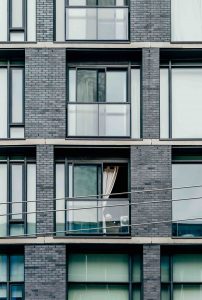 San Francisco’s Rent Control Ordinance gives tenants certain rights when it comes to eviction. It either prohibits eviction in certain cases or, in others, allows the tenant to recover relocation costs from the landlord. It also created The Rent Control Board to help prevent tenant abuse by landlords. One of the areas of law that the ordinance covers, which is frequently abused by landlords, is called “just cause” evictions.
San Francisco’s Rent Control Ordinance gives tenants certain rights when it comes to eviction. It either prohibits eviction in certain cases or, in others, allows the tenant to recover relocation costs from the landlord. It also created The Rent Control Board to help prevent tenant abuse by landlords. One of the areas of law that the ordinance covers, which is frequently abused by landlords, is called “just cause” evictions.
Rent Control Ordinance
The San Francisco Rent Control Ordinance regulates how and when landlords can increase rents and pass on their costs to their tenants. It also regulates tenant evictions. It provides restrictions on when landlords may evict tenants.
 San Francisco Injury Lawyer Blog
San Francisco Injury Lawyer Blog









